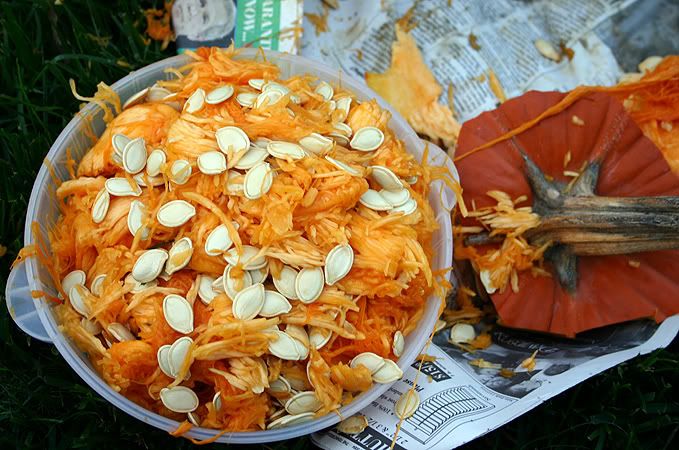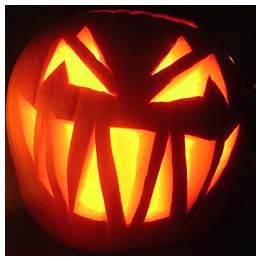A common theme among pagans is to honor your ancestors. This is especially true at Samhain, when the barrier between the world of the living and the world of the dead is the thinnest.
Your ancestors by bloodline are responsible for you existing. Other ancestors, whether by bloodline or not, helped you become the person you are.
There are several different types of ancestors. The ones who are related to you biologically (those we owe our D.N.A. to) and archetypical (the founders of your family line/clan).
Some also include the ancestors of the land they currently live. Others include spiritual ancestors).
You may also honor anyone you choose, including pets or friends. They fall under the non-bloodline family grouping, and also helped you in your spiritual growth.
A good way to honor them is to build an Ancestor Shrine/Altar. You can set aside an entire table for them, use the top of your dresser, or any other place you feel is appropriate. Just make sure it's in a place where it won't be disturbed. A bonus to this type of shrine is it can be in plain sight, even someone who's in the "broom closet" can display this without concern of being "outed". Everyone has pictures of family in their homes, a shrine will not be out of place. This shrine can also be left up all year long if you choose.
The first thing to do, when setting up this shrine, is to clean it. Dust the furniture or shelf and clear the area of items unrealted to the shrine. If you like, you can consecrate it to make it a sacred space. Finally, add a cloth to help welcome the ancestors. What this cloth is, including color, depends on your path. Different ones have different traditions.
Once this is finished, select pictures of your ancestors. Choose ones with meaning to you. Even Death Photos (pictures people used to take as part of the funeral) are acceptable.
If you don't have a photo or painting (many people had neither taken until recently in history), you can use an item that belonged to him or her.
You may also use an object that represents a group of ancestors. A kilt can be used for those of Scotish descent, for example. If you come from a line of craftsmen, use an object that symbolizes that craft (a hammer to represent carpentry, for example).
You can also add a geneology list. If an ancestor was cremated and you are in possession of the ashes, they may be part of the shrine as well.
The final pieces are candles and symbols of your religion or spirituality. If you practice leaving food for ancestors on Samhain, the plate may be left in the shrine.






